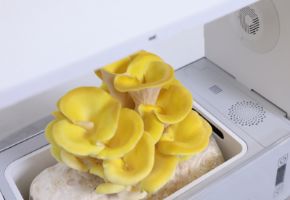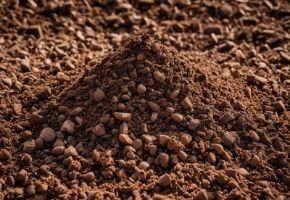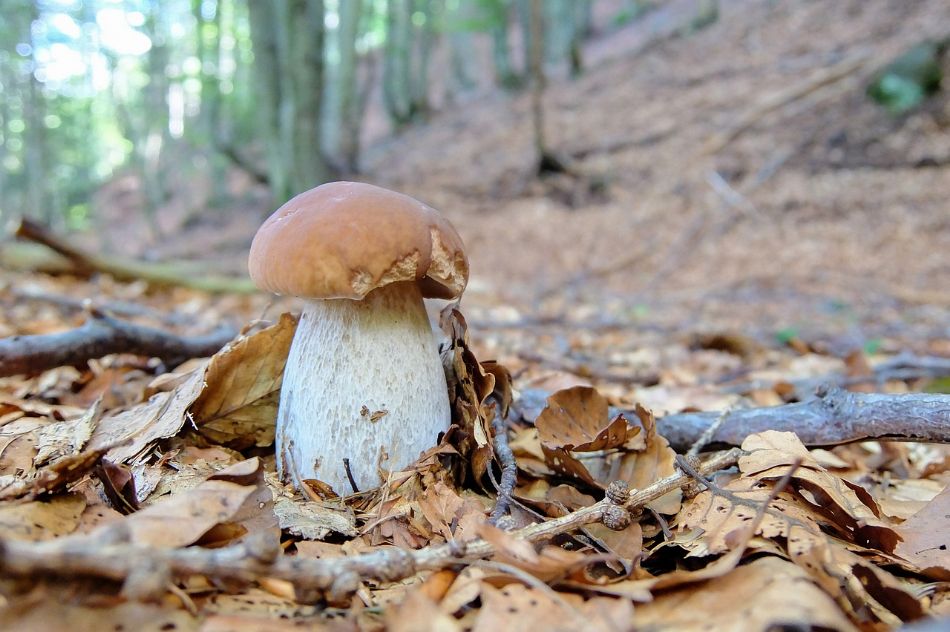In the vast kingdom of mushrooms, the Boletus edulis stands as a majestic and sought-after presence. Commonly known as porcini, this mushroom represents mycological excellence, earning the title of "king of mushrooms." Its nobility is not only evident in its regal bearing but also in its millennia-long history of presence on the most refined tables of Europe.
The art of recognizing a porcini
The cap: a royal crown
The cap of the porcini appears as a true fungal crown, with a majesty that can reach 30 centimeters in diameter in the best specimens. Its surface, smooth to the touch and slightly slimy on humid days, displays shades ranging from light brown to deep chestnut, reminiscent of the color of ripe chestnuts.
In young specimens, the margin is involute, almost protecting the precious tubes underneath, then gradually unfolds with maturation, revealing its perfect regularity.
The tubes: a guarded secret
Under the cap lies one of the most characteristic features of the porcini: its tubes. This structure, which can reach 2-3 centimeters in length, undergoes a fascinating chromatic metamorphosis during the mushroom's maturation.
Initially a pure white, the tubes gradually shift to yellow-greenish hues, concluding their cycle in an elegant olive color. The pores, tiny and perfectly round, faithfully follow this chromatic evolution, creating a natural mosaic of rare beauty.
The stem: a noble support
The stem of the Boletus edulis is a true masterpiece of natural design. Robust and elegant, it can reach 15 centimeters in height, displaying a shape that varies from cylindrical to slightly club-shaped. Its surface features a distinctive element of great importance for identification: a fine raised network, particularly evident in the upper part. The color, ranging from whitish to light hazel, completes the aesthetic harmony of this extraordinary mushroom.
The soul of the porcini: its intrinsic qualities
The flesh of the porcini tells a story of gastronomic excellence. When cut, it reveals white flesh that maintains its color unchanged, a distinctive sign of great value. The aroma released is a unique sensory experience: intense yet delicate fungal notes blend into an unmistakable aromatic bouquet. On the palate, the flesh offers a sweet and refined flavor, with subtle hazelnut notes that linger pleasantly.
The secret life of the porcini
The Boletus edulis is a mushroom that prefers specific environments for its growth. It can be found both in majestic broadleaf forests, where it forms symbiotic alliances with beeches, oaks, and chestnuts, and in cool coniferous forests, where it favors the company of firs and larches.
Its presence ranges from sea level to higher altitudes, reaching beyond 2000 meters, where the microclimate and soil create ideal conditions for its growth.
The life cycle of the porcini follows the rhythm of the seasons. The first appearances are recorded at the end of spring in mountainous areas, but it is in the period from August to October that this mushroom reaches its peak splendor. The ideal conditions for its growth occur after rains, when the moist soil and mild temperatures create a perfect environment for fruiting.
The look-alikes of the porcini
In the world of boletes, there are several species that may resemble our prized porcini. Some of these "look-alikes" are equally noble, such as the Boletus aereus, with its darker cap and more discreet stem network, or the Boletus pinophilus, which prefers coniferous forests. However, it is important to also pay attention to less pleasant species, such as the Tylopilus felleus, which deceives with its similar appearance but betrays with its extremely bitter flesh, or the dangerous Boletus satanas, with red pores and flesh that turns blue.
The nutritional treasure
The porcini is not only a delight for the palate but also a valuable source of nutrients. Its flesh contains a balanced complex of proteins, carbohydrates, and fibers, accompanied by a rich array of minerals such as potassium, phosphorus, and selenium. The B group vitamins and vitamin D complete the nutritional profile of this mushroom, making it not only delicious but also healthy.
The art of preservation
Tradition has passed down various techniques for preserving these precious mushrooms. Drying is perhaps the most noble method, capable of concentrating aromas and flavors in a product that retains its qualities over time. The
modern technique of freezing allows for the preservation of the mushroom's freshness, while preservation in oil, preceded by a skillful pre-cooking in vinegar or brine, creates a versatile product always ready for use.
The porcini in the kitchen
In the kitchen, the porcini showcases its versatility in multiple preparations. The freshest and youngest specimens can be enjoyed raw, thinly sliced and seasoned with extra virgin olive oil and Parmesan shavings.
The classic trifolata preparation maximizes its characteristic aroma, while risottos and pastas find in the porcini an ideal companion for creating memorable dishes.
Preserves, whether in oil or brine, allow for the enjoyment of its flavor even out of season, bringing the memory of the woods to the table at any time of the year.










